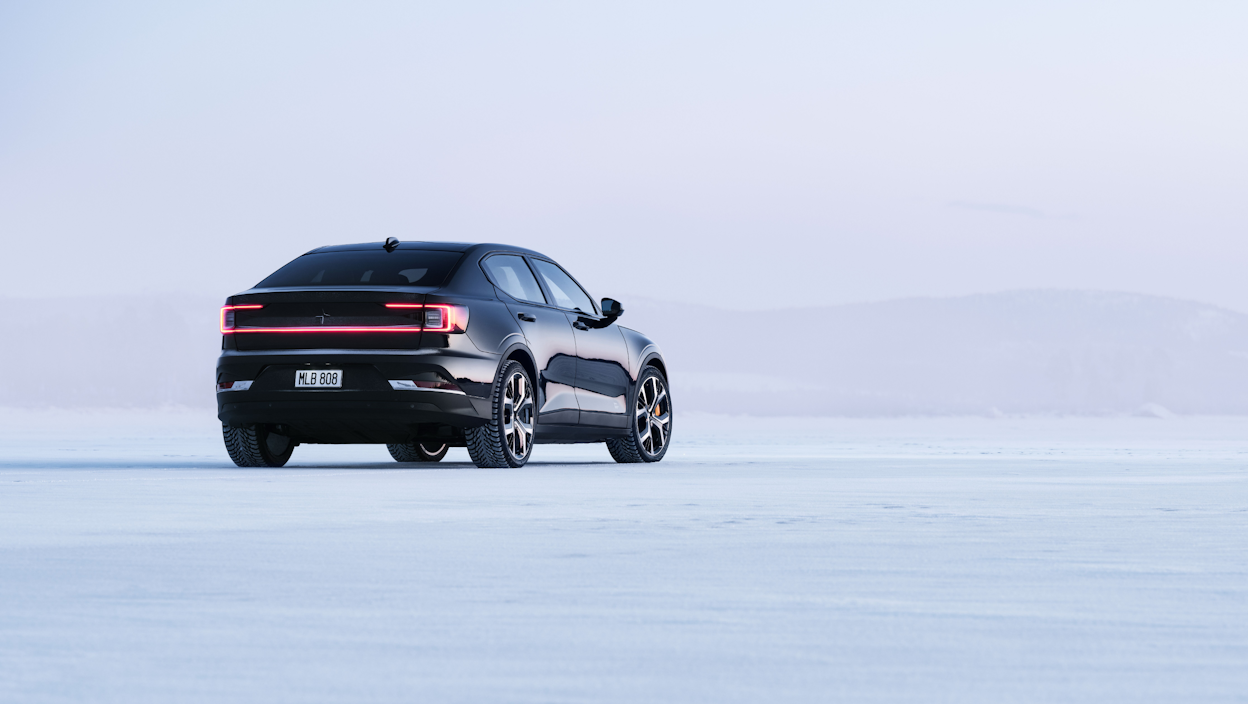Let's clear the air
EVs have always been marketed as “clean”. We’re guilty of it ourselves. And in some respects, this is undebatable. A comparable internal combustion engine car emits 41 metric tons of carbon dioxide during its use phase*. An EV emits no tailpipe carbon dioxide at all. Tough to argue with.

And while this is significant, it’s only one tile in the mobility mosaic. If the electricity charging an EV is itself not clean, for example, then its carbon footprint is enlarged. The emissions haven’t been eliminated, merely moved, from the vehicle itself to what powers it. It’s a pollutant shell game with no winners.
The current global pandemic has changed the world we know, with a reduction in travel, and therefore a reduction in air pollution. Uncharacteristically clear skies across the world were a timely reminder of the need to seriously combat emissions, and a very compelling case for EVs. Customers now see the sense in going electric.
But they’re also hesitant, and rightly so. The abovementioned greenwashing of EVs has led many to think whether ICE or EV, there’s still too much CO2.
The emissions scandal that was Dieselgate further eroded the trust that consumers had in auto manufacturers. “Families bought diesel cars because they wanted to help protect the environment,” says Polestar CEO Thomas Ingenlath in a recent op-ed piece. “They were lied to.”
What’s needed now is total transparency. Honesty about the progress being made and the setbacks being encountered. Openness about the true environmental impact of EVs, and the realities of the supply chains and manufacturing involved. Clarity regarding how these problems are being addressed.
We’ll soon be coming clean with what we’re doing to address these concerns. We hope to see the same from our contemporaries. It’s in the best interests of everyone: consumers, manufacturers, and last but not least, the environment.
Time to clear the air, literally and figuratively.
*Based on Polestar calculations.






